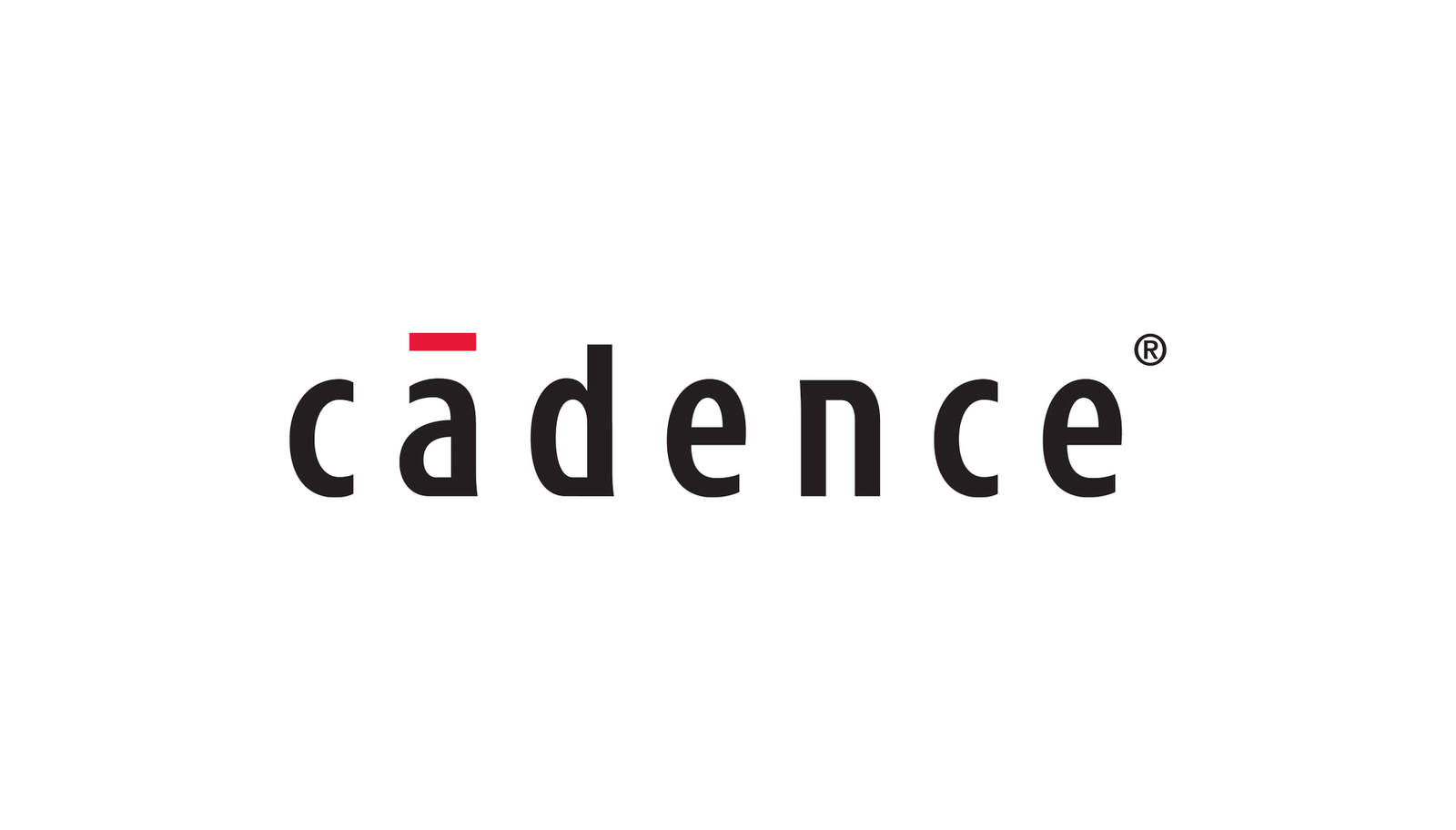by Hubert Marleau, Market Economist, Palos Management
October 11, 2024
One would think the escalating conflict in the Middle East, combined with the lead-up to an uttermost consequential Presidential and Congressional election would skew the market to the downside. Indeed, it’s tempting to theorise that these events should have been directly disruptive to equities. They haven’t, but have raised volatility because of the tariff, anti-trust and tax threats attached to them. The VIX, a reliable indicator of fear, is trading about 20, making an 18 months high.
Yet the S&P 500 is up 113 points, registering a 2.1% increase in the 3 weeks ended October 11- an all- time high of 5815. This is because what is more important for forward markets looking is actually going on in the economy; and right now, the market loves the steady growth derived from productivity with falling inflation.
Since the start of October, the docket has been jam-packed with indicators, shedding optimistic light on the employment situation, including where inflation stands and where growth is heading, looking past the tax and tariff swaggers and separating political rhetoric from what will in fact happen. In this regard, several market strategists have upgraded their S&P forecasts to 6,000 for this year, expecting better profit margins still. Even JPMorgan, which has been pessimistic all along this bull run, is sounding more positive. Interestingly, these upward revisions have occurred even though hedge funds have trimmed their exposure in the “Magnificent 7” as a share of total equity positioning to the lowest in 17 months, according to Goldman Sachs. Indeed, the melt-up in stock prices could continue, should the record amount of liquid assets ($6.5 trillion) in money market funds flow into the market; if the disinflationary trend sticks; and if the Fed pulls a soft landing and earnings keep on growing.
The Labour Market is Solid
September employment reports released in the early days of October were absolutely upside blowouts. First, job openings backed up above the 8.0 million mark in August from 7.7 in the prior month. What is particularly interesting is that the uptick in labour demand was not met with new hires because of a serious mismatch between employers seeking skilled workers and the skills job seekers offer. This explains why layoffs are falling, workers are holding on to their jobs, and resignations, - also known as the quick rate - are falling. Thus the job market is not as frozen as many have suggested. As a matter of fact, payroll employment increased by 254,000 in September with upward revisions totalling 72,000 in July and August, taking the 3-month average of monthly payroll gains to 186,000 and ticking down the unemployment rate to 4.1%. Although a part of this can be due to some seasonal adjustment and last week's surge in jobless claims stems from the storm, it nonetheless translated into an annual rate of increase in total employment of 1.3% in Q3. Employed workers transitioning into unemployment fell to 0.93% of the labour force, strongly suggesting that existing unemployment is caused by new entrants into the labour force. On a “skills-adjusted" basis, the economy is at full employment. (I don’t attach any significance to the 33,000 increase in job claims, for they were surely attributable to hurricane distortions.)
Inflation is Stable
The Cleveland Fed’s Inflation Nowcasting model was projecting a September headline and core inflation CPI y/y increase of 2.3% and 3.2% respectively. Expressed in monthly terms, economists followed by Bloomberg were expecting a 0.1% on headline and 0.2% on core. The headline print, however, came in at 2.4% y/y versus 2.5% in August and core at 3.3% versus 3.2% in August. Consumer prices didn't cool as much as expected, but not enough for the policymakers to panic because the rate has fallen sufficiently to assert that overall inflation was under control. CPI ex-shelter declined to 1.07% y/y, with the 3-month annualised rate down to 0.71%. Moreover, the labour market does not seem like it poses a significant upside risk to inflation. Over the past year, average hourly earnings rose 4.0%, while labour productivity rose 2.1% during the comparative period, setting the almighty unit labour cost within the Fed’s guideline. Indeed it is: the Bureau of Labor Statistics (BLS) revealed, on Friday morning, that U.S. wholesale prices were unchanged in September. Overall, these prints correspond with the latest Fed minutes, which made it clear that the 50 bps rate cut should be interpreted as a recalibration of the policy rate to reflect lower inflation.
Growth is Exceptional
U.S. business activity continues to grow at a solid pace because the economy has turned into a productivity machine propelled by technology-driven enhancements. The Atlanta Fed’s GDPNow model estimate for real GDP growth in the third quarter of 2024 is 3.2%. Acknowledging that employment had risen at an annual of 1.3% on a comparative basis and that hours worked have remained in line, a 1.9% annual rate of increase in productivity was likely achieved.
This latest batch of strong economic data is bound to continue into the last quarter of 2024. For one thing, consumer sentiment is a bit better and set to rise further because most new economic prints are beating estimates on the plus-side. What is even more important is the fact that revival of the money supply growth in August, which ended an 18-month contraction, reflects support on both empirical evidence and theoretical validity that the current growth path should go forward. Over the past 3 months, the money supply has run at an annual pace of 6.0% - a desirable rate, for it correlates well with 2.0 to 3.0% growth in the economy, with 2.0% to 2.5% inflation. And guess what? The New York Staff Nowcast is predicting that real GDP for Q4 will be 2.8%. This extra productivity should finally put to rest the diehard hard-landers' recession warnings and appease the inflationists.
The Misery Index is in a Perfect Position
The misery index is an economic indicator designed to measure the level of distress experienced by the average everyday person. It is calculated by adding the seasonally-adjusted unemployment rate (4.1%) to the annual inflation rate (2.4%). Thus it currently stands at 6.5, below the threshold of 10, where economic distress can be seen. What is particularly important is that this healthy balance tallies with significant productivity increases. It’s as good as it gets.
P.S.1: Jamie Dimon, CEO of the world's most prominent bank, calls the U.S. boom “unbelievable” and the Atlantic, one of the most prestigious magazines in the world dubbed the U.S. as a “superstar.” Adrian Wooldridge, a columnist with Bloomberg, has 2 reasons for this envied position, called “American Exceptionalism” - First, the US dominates the industries of the future to an extraordinary degree. 61% of global funding for AI start-ups goes to US companies compared to 17% and 6% respectively for Chinese and European ones. The US attracts 50% of global private funding for quantum computing compared to 5% for Europe, while three giant US companies account for 65% of the global market for cloud computing. Second, the US also dominates a wide range of more down-to-earth industries from chemical to pulp. One of the great pleasures of visiting out-of-the-way America is how often you come across world-beating companies in places such as Wichita, Kansas (Koch Inc.) and Stratham, New Hampshire (Timberland LLC).
If the world economy divides into competing blocks, as pessimists warn, then the US will continue to thrive. The Economist has come up with an article, showing that the US ranks third, as the world’s most innovative country in the world, after Switzerland and Sweden. Given that the Global Innovation Index takes into consideration population size, pound for pound Sweden and Switzerland might be doing a bit better than the US. However, it remains that the U.S. considerably outstrips them in terms of outputs such as patents, scientific publications and high-tech exports as well as inputs like spending on R&D, number of engineering graduates and adaptation of technology, according to the 133 countries included in the survey conducted by the World Intellectual Property Organisation (WIPO).
P.S. 2: Since hitting its cycle bottom on October 22, 2022, the S&P 500 reached a new all time high of 5792 on October 9, 2024, up 61.9%. Historically, however, this 2-year bull run is young. Since 1950, run-ups, on average, have lasted 5.5 years, gaining more than 181%, notes Ryan Derrick, market strategists at Carson Group, with 75% of these extending 3 years or more. Thus the gains experienced over the past 2 years aren't that extraordinary, and the chances that the bull market will continue are good relative to history. Yardeni Research is targeting at least 8000 for the S&P 500 by the end of the decade. Stocks rallied 582% from 1987 to 2000 and 401% between 2009 and 2020. Voila!
Copyright © Palos Management













